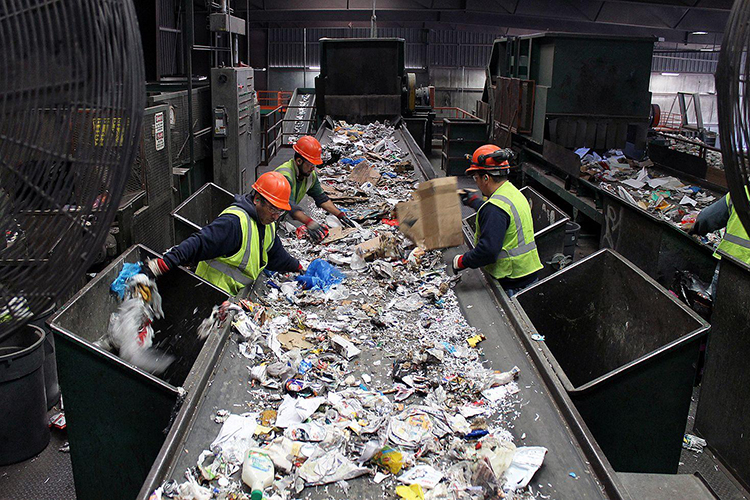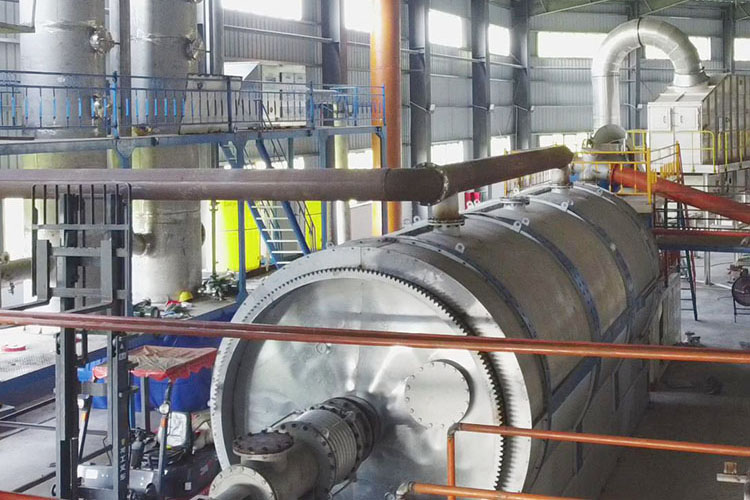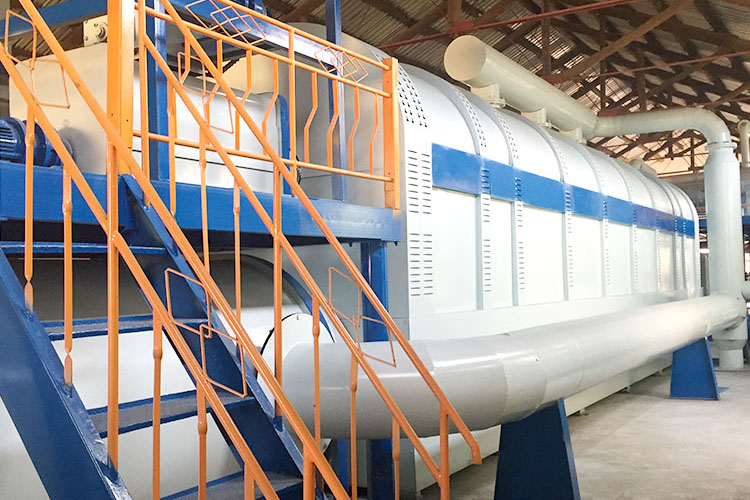The anaerobic pyrolysis incinerator in domestic waste treatment equipment is a waste treatment technology that uses high temperature and low oxygen atmosphere. Compared with traditional incinerators, this technology has higher treatment efficiency and less environmental pollution. Its working principle is to pyrolyze domestic waste in a high-temperature environment, converting organic matter into oil, gas and carbon, while leaving harmless mineral residues. This method can not only significantly reduce the volume of garbage, but also convert organic waste into reusable resources and achieve resource recycling.

Anaerobic pyrolysis is a treatment method that decomposes organic waste in domestic waste through high temperature in an oxygen-deficient environment. This treatment is usually carried out at high temperatures (usually between 400°C and 800°C) and high pressures (usually between 1 and 10 atmospheres). In this environment, organic matter is broken down into gas, liquid, and solid products.
The anaerobic pyrolysis incinerator can efficiently convert various organic wastes, including domestic waste, biomass waste and plastics, into energy or other useful compounds, thereby realizing the resource utilization of waste. Through the pyrolysis process, the volume and weight of the waste are usually significantly reduced because the organic matter is broken down into simpler compounds such as gases and liquids. The gases produced during pyrolysis can often be captured and used as fuel, such as to generate electricity or heat. This energy recovery not only helps reduce dependence on fossil fuels but also helps reduce greenhouse gas emissions. Anaerobic pyrolysis produces less hazardous waste and emissions than other waste disposal methods. Through pyrolysis, harmful substances in organic waste can be effectively transformed or decomposed, reducing the negative impact on the environment.

Anaerobic pyrolysis incineration can effectively reduce landfill occupation of land resources and reduce damage to the natural environment. Secondly, this technology can efficiently process all types of domestic waste, including organic waste, plastics, paper, etc., improving the comprehensiveness and comprehensiveness of treatment. In addition, anaerobic pyrolysis incinerators can also reduce harmful gas emissions produced during the incineration process, have less impact on the environment, and are conducive to improving air quality and protecting the ecological environment.

Recently, many places have begun to introduce and build anaerobic pyrolysis incinerator facilities in domestic waste treatment equipment to cope with the increasing demand for domestic waste treatment. The putting into use of these facilities will bring revolutionary changes to urban waste treatment and promote the development of the waste treatment industry in a more environmentally friendly and efficient direction. With the continuous maturity and popularization of anaerobic pyrolysis incinerator technology, it is believed that domestic waste treatment will usher in a new era and create a cleaner and better living environment for mankind.
Yongle Environmental Protection is mainly engaged in the research and development, production and sales of complete sets of technical equipment for organic solid waste disposal and comprehensive utilization. Production and manufacturing, domestic waste treatment equipment, tire pyrolysis equipment, medical waste disposal equipment, hazardous waste disposal equipment, and achieve efficient and comprehensive utilization of resources through independently developed low-temperature anaerobic pyrolysis equipment technology solutions.
Tags:Introduction to anaerobic pyrolysis incinerators in domestic waste treatment equipment,domestic waste treatment,Yongle Group
 Latest news
Latest news


























